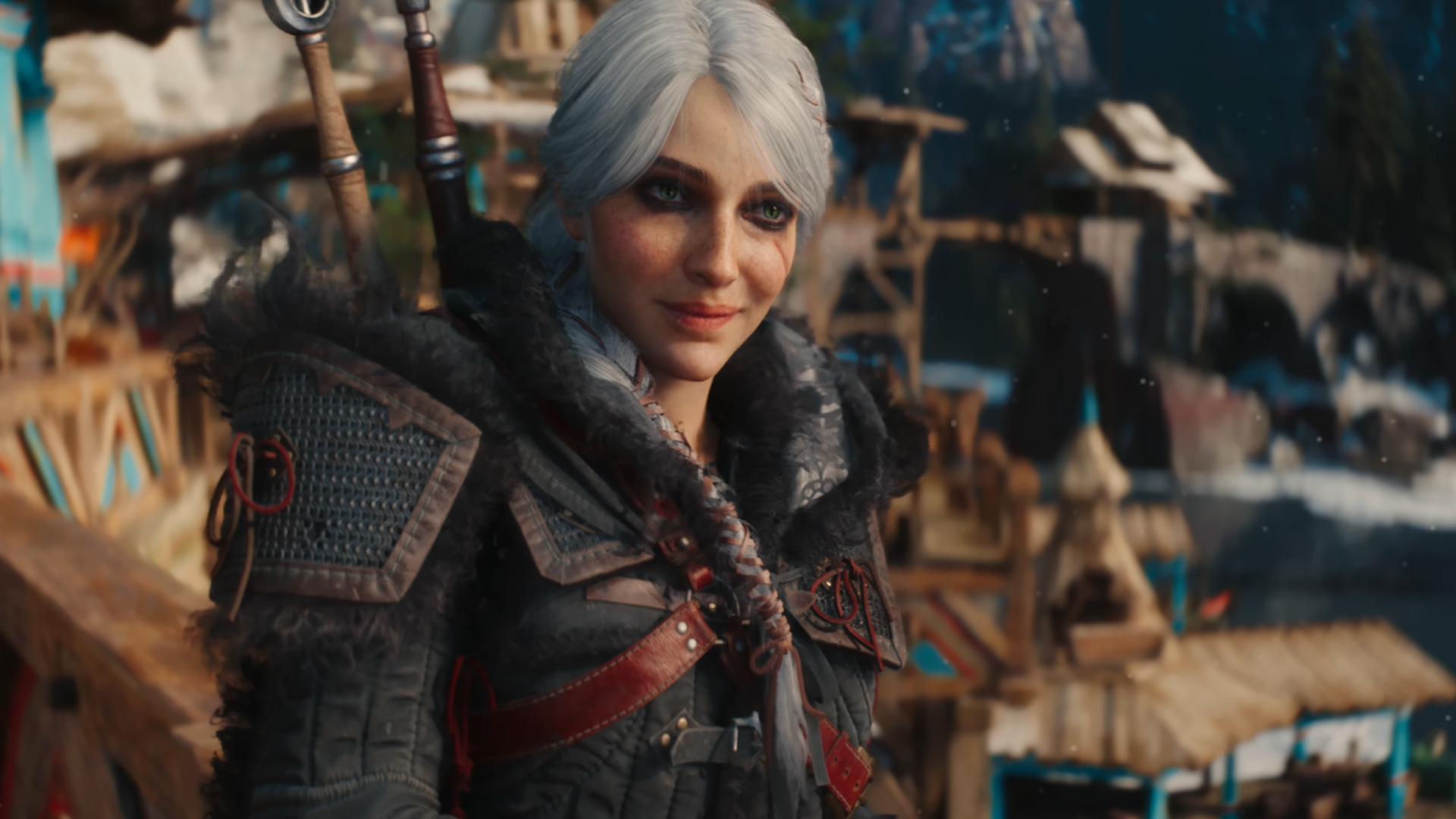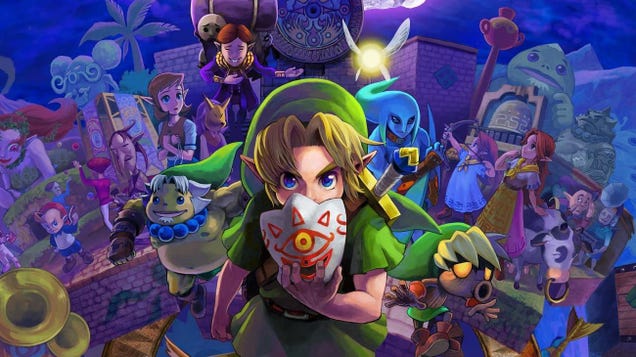
Love for a Lost Planet.
Ever since the surprise (and long overdue) fixing of Resident Evil 5 I’ve become a fidgety Steam update checker, prodding one particular game in my library over and over again just in case Capcom finally remembered its existence. I am of course talking about the Japanese publisher’s greatest co-op game with guns, weird monsters, and Albert Wesker in it:
Lost Planet 2.
Capcom removed the ability to buy the game on Steam in 2021 and has publicly done nothing with this exciting slice of sci-fi action since, other than continuing to deny people the chance to play one of the best games the company’s ever created.
It’s not entirely Capcom’s fault. Lost Planet 2 is yet another victim of Games For Windows Live, Microsoft’s all-in-one DRM/gamertag/generic bloat/messaging service. GFWL has always been more of a hindrance than a help wherever it’s popped up, and removing it from a game that was designed around it while maintaining all of the required features takes time and money that might not be there.
Even heavy hitters like Grand Theft Auto 4 suffered under GFWL: It’s still purchasable on Steam, but with its multiplayer mode completely offline. In Lost Planet 2’s case a minor tragedy, because it really comes alive when you play it with friends.
This scenario has left the arctic series with a gaping hole in it. The shining jewel in the crown has been left languishing in the dark while the perfectly-decent-but-not-quite-there-yet original is still available to buy and the dour final nail in the coffin continues to hang around, mostly serving as a reminder of all we’ve lost. Lost Planet 3 had its development outsourced to a western studio and aimed for the “serious English-speaking gamer” crowd Capcom was chasing at the time—a somewhat imaginary market who wanted everything to be “gritty” and grown-up, which always seemed to manifest as angry guys with sad backstories holding guns. Not coincidentally this disappointing mood-hoover of a game released the same year the equally “dark” and “mature” DmC: Devil May Cry did.
(Image credit: Capcom)
The second, currently missing, game in the series is Lost Planet’s glorious Devil May Cry 3 equivalent: the perfect combination of style and substance. It’s proud to be a game. It’s always a bit ridiculous and over the top, unafraid of making point-granting bonuses look like big spinning boxes, presenting new weapons as arcade-like pickups floating slightly off the ground, or giving you goofy emotes to play around with. Missions cover everything from humid jungles to endless deserts to outer space, as if to ask why any game would opt for boring realism when the option to imagine something far more spectacular (and go to space) is right there.
As suits a supremely game-y kind of game you seem to run into gigantic monsters with glowing weak points more often than most people blink. Their sizes start at “Wow, that’s huge” and eventually work their way up to “Literally an entire stage.” Some are big enough to be blown up from the inside, or to swallow whole trains in their maws. Another gets its head blown off at the start of a lengthy battle, its regenerative powers allowing it to shake off what should have been a finishing blow.
That’s how you make a boss intimidating.
(Image credit: Capcom)
But the thing is, Lost Planet 2 isn’t all showy extravagance. The game is a dearly-missed treasure because it’s always serious when it counts. Lost Planet 2 is more than willing to encourage whatever daring tactics you can come up with, whether that’s carefully picking off enemy turret systems from a safe distance, skimming sticky disc-shaped grenades at an aggressive mech before dodge-rolling out of the way a second before it explodes, or pulling a person-sized rocket launcher off the side of a broken mech and then lugging the oversized thing around with your own bare hands.
It even had a wirebug-like movement feature years before Monster Hunter Rise pretended it had come up with the concept all by itself. Just like Capcom’s popular wyvern-smacking experience the stages in Lost Planet 2 were built to encourage creative use of this flexible feature, with a level of verticality and interactivity to them that turns each area into a virtual playground for you to demonstrate your skill and cunning in.
(Image credit: Capcom)
(Image credit: Capcom)
(Image credit: Capcom)
(Image credit: Capcom)
(Image credit: Capcom)
If any game was the very definition of videogame, something that perfectly encapsulated all that was good and pure about the hobby, mixing easygoing social camaraderie, intense competition, and the sky-high levels of skill able to transform the experience into something entirely new after long periods of dedication and practice, it’s this one. It only gets better the more you play, every fresh run unlocking something new from what feels like a bottomless well of fun and functional items, revealing some interesting secret you’re sure wasn’t there before, or just giving you the chance to polish your technique and tweak your loadouts.
If any Capcom game deserved to be defrosted from its GFWL tomb and allowed to run wild and free on Steam—on the Steam Deck—it’s not Resident Evil 5, it’s Lost Planet 2.



